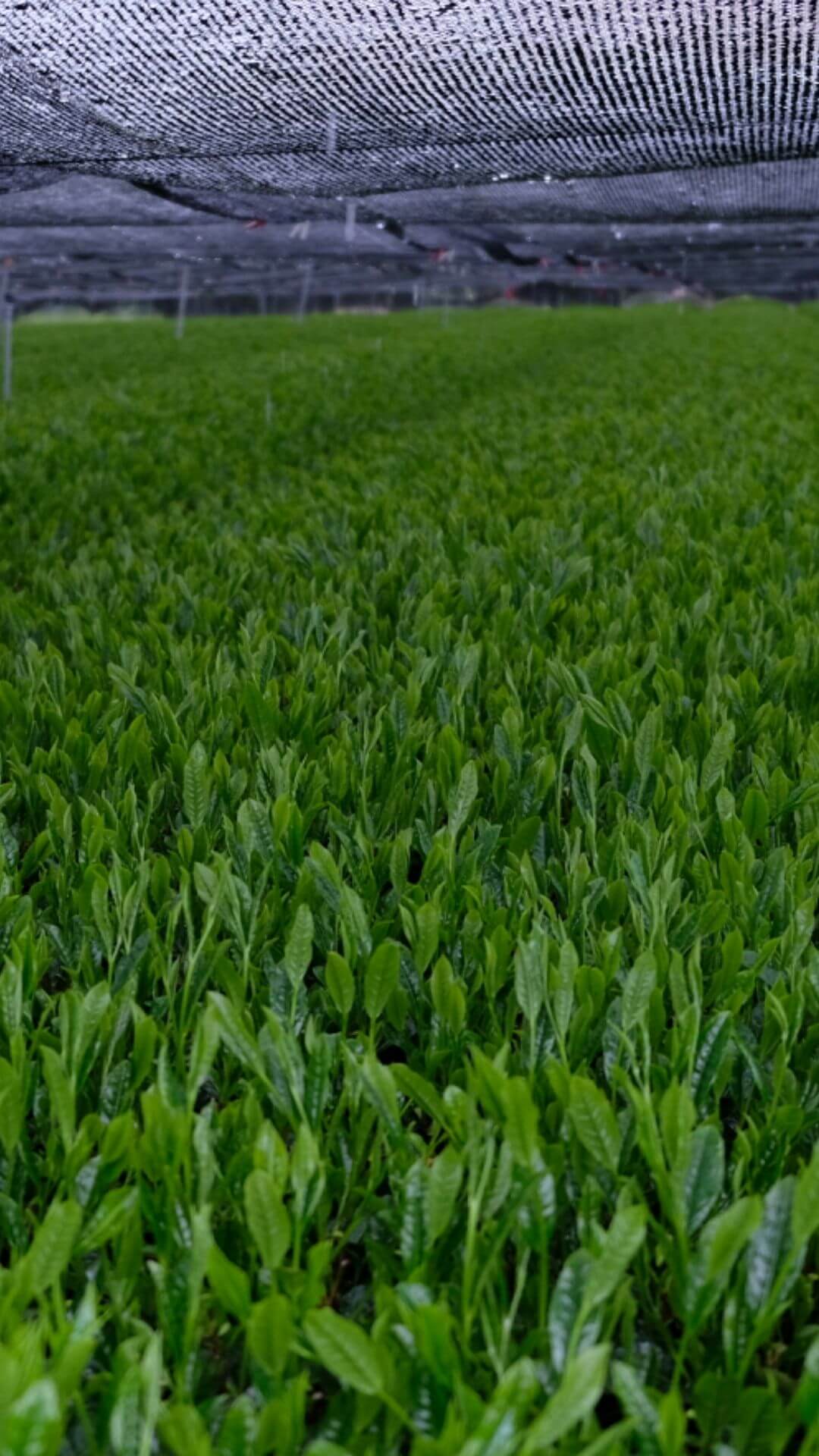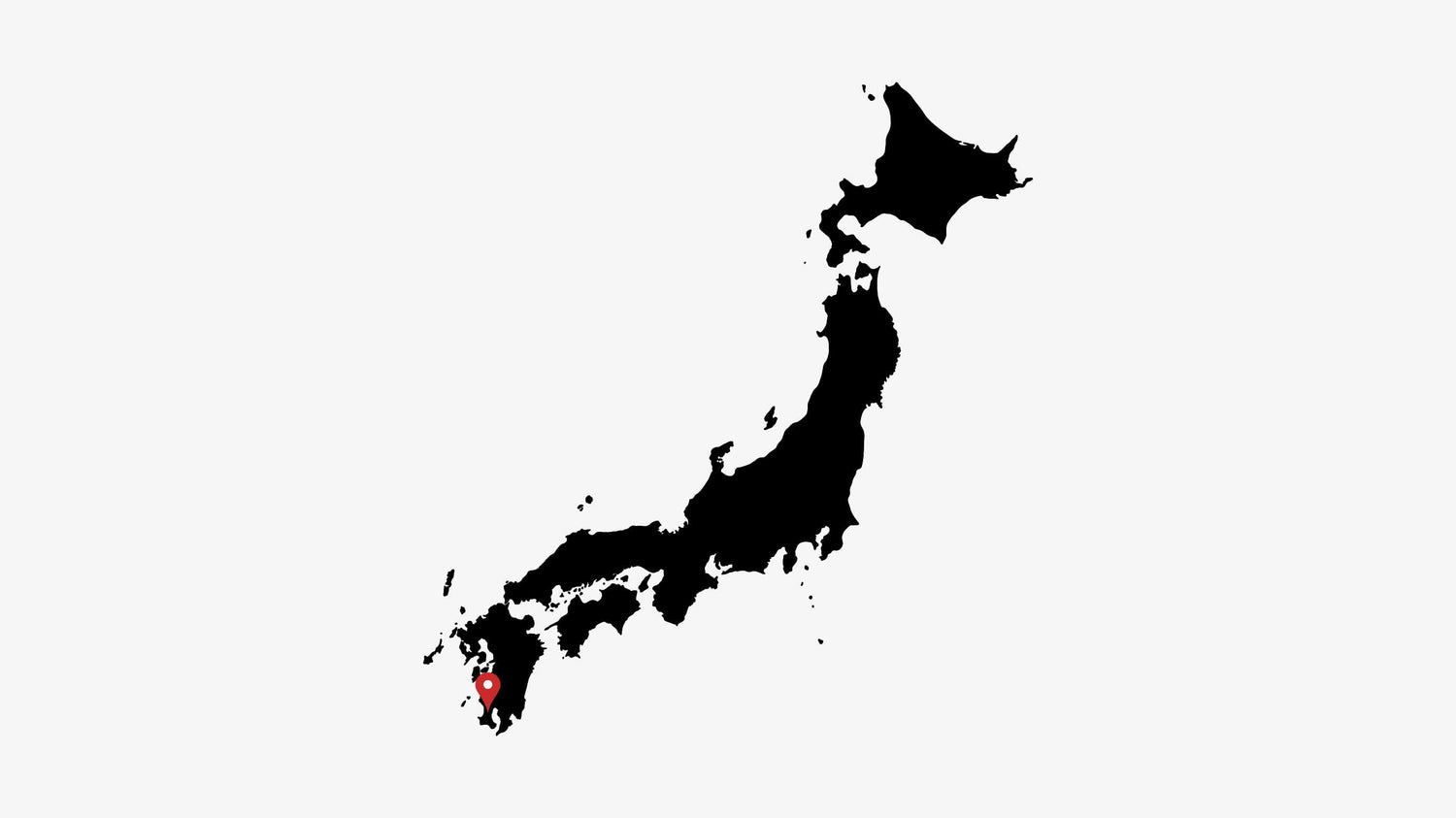




Scopri tutti i segreti di Gyokuro Kukicha
Gusto

Scopri i risultati del metodo di degustazione del tè in 4 fasi di Nio Teas
Passaggio 1: osservare l'aspetto
Passaggio 2: valutazione dell'aroma
Passaggio 3: degustazione del tè
Passaggio 4 - Valutazione della sensazione al palato
100% coltivato biologicamente e di provenienza etica

Certificato JAS
Come preparare il tè
Servizio da tè necessario

Luogo di produzione e coltivatore
Informazioni sull'azienda agricola

Proveniente da Kagoshima
Giappone
Cultivar e varietà di pianta del tè
-
Yabukita





















